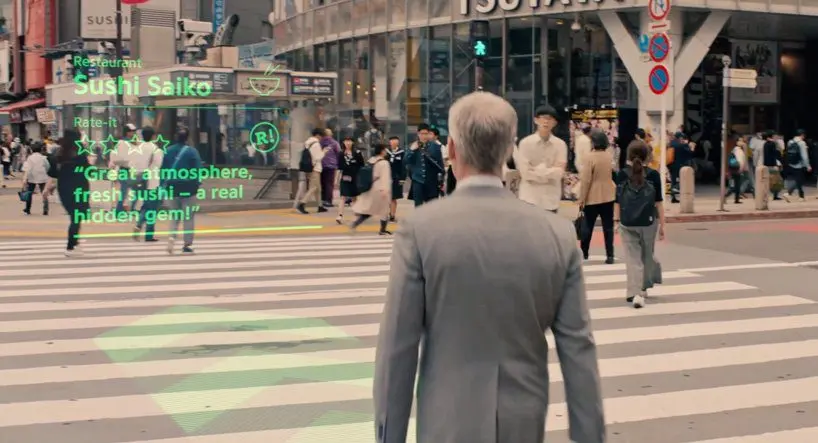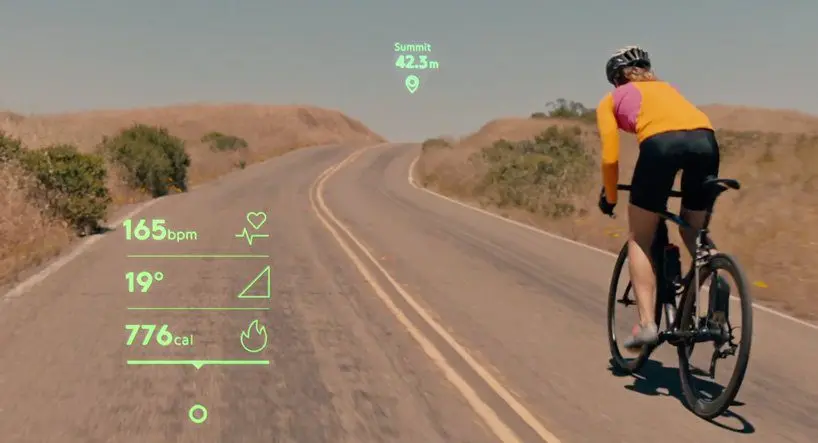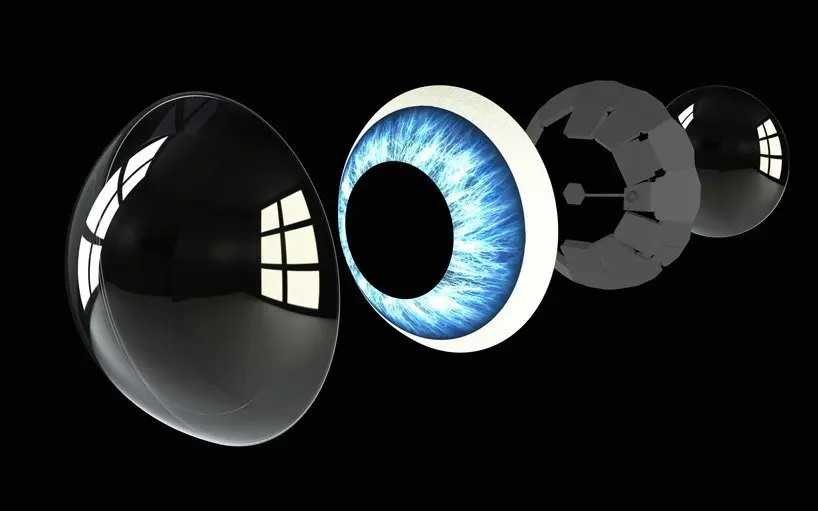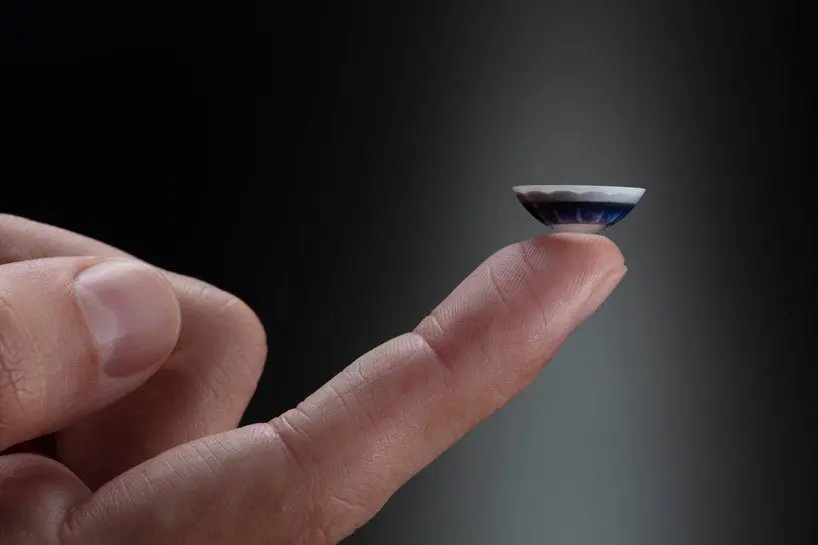New compact lenses will help a person not only improve vision, but also turn into a Terminator – they have a built-in face and object recognition system, a navigator and more. The project, however, is still in development.
“When I looked at the user interface of augmented reality (AR) contact lenses, at first I saw nothing but the usual picture. A little later, a weather report appeared: local temperature and forecast for the near future, ”Mark Sullivan, a journalist for the American edition of Fast Company, shares his impressions. The company Mojo Vision, which develops the device, has not forgotten about the user’s personal calendar, daily routine, and even introduced a navigator into the lenses.

First of all, these contact lenses will perform their basic function – to help you see better. And only then – to turn the user into a superhero. This bold idea is a logical continuation of the trend when all personal devices become smaller, closer to the body, and sometimes – as in the case of lenses – even part of it. Today, tech giants like Apple and Facebook are trying to create AR glasses that are comfortable for long wear. Mojo Vision has jumped that milestone with a much bigger challenge.
In addition to developing superpowers for the eyes of ordinary users, the company plans to create lenses for firefighters. As soon as the rescuer puts them on, he will immediately see a plan of the burning building that he entered. Yellow lines will indicate tables and chairs in smoky areas, and the location of other firefighters – even if they are in another room – will be marked with a special icon. The numbers at the top of the view will show the level of oxygen in the cylinder, the quality of communication with other rescuers and other data. If the situation becomes critical, a warning will flash before your eyes with instructions on how to get out of the building.

Mojo Vision also plans to make lenses for service workers. For example, the receptionist can easily identify and greet guests by name – compact lenses will show all the information from the hotel database.
The lenses are not yet ready for demonstration: the developers show the future interface using virtual reality equipment. But it is already clear what the “cyber eyes” will be.

A microdisplay slightly larger than a grain of sand is located directly in front of the pupil. It projects and focuses light onto a specific area of the retina at the back of the eye. The display is so small that you can barely see it. The first versions of the lenses will include a tiny single-core processor based on the ARM architecture and an image sensor. Future versions will add an eye tracking sensor and a communication chip. The lenses can also be connected to the Internet and transfer data to other users or to yourself on any device.
The first lenses will run on a tiny battery that lasts a full day of use. At night, it can be charged from a small device similar to an AirPods case. In the future, the developers plan that the lenses will be charged wirelessly from a thin chain around the neck.

The device will not appear on the market for another two or three years. Now the team is trying to figure out how to turn science fiction into reality. Apparently, she will succeed: the process is led by Steve Sinclair, who previously worked at Apple for seven years, developing products for the iPhone.
Subscribe and follow us on Yandex.Zen — technology, innovation, economics, education and sharing in one channel.










